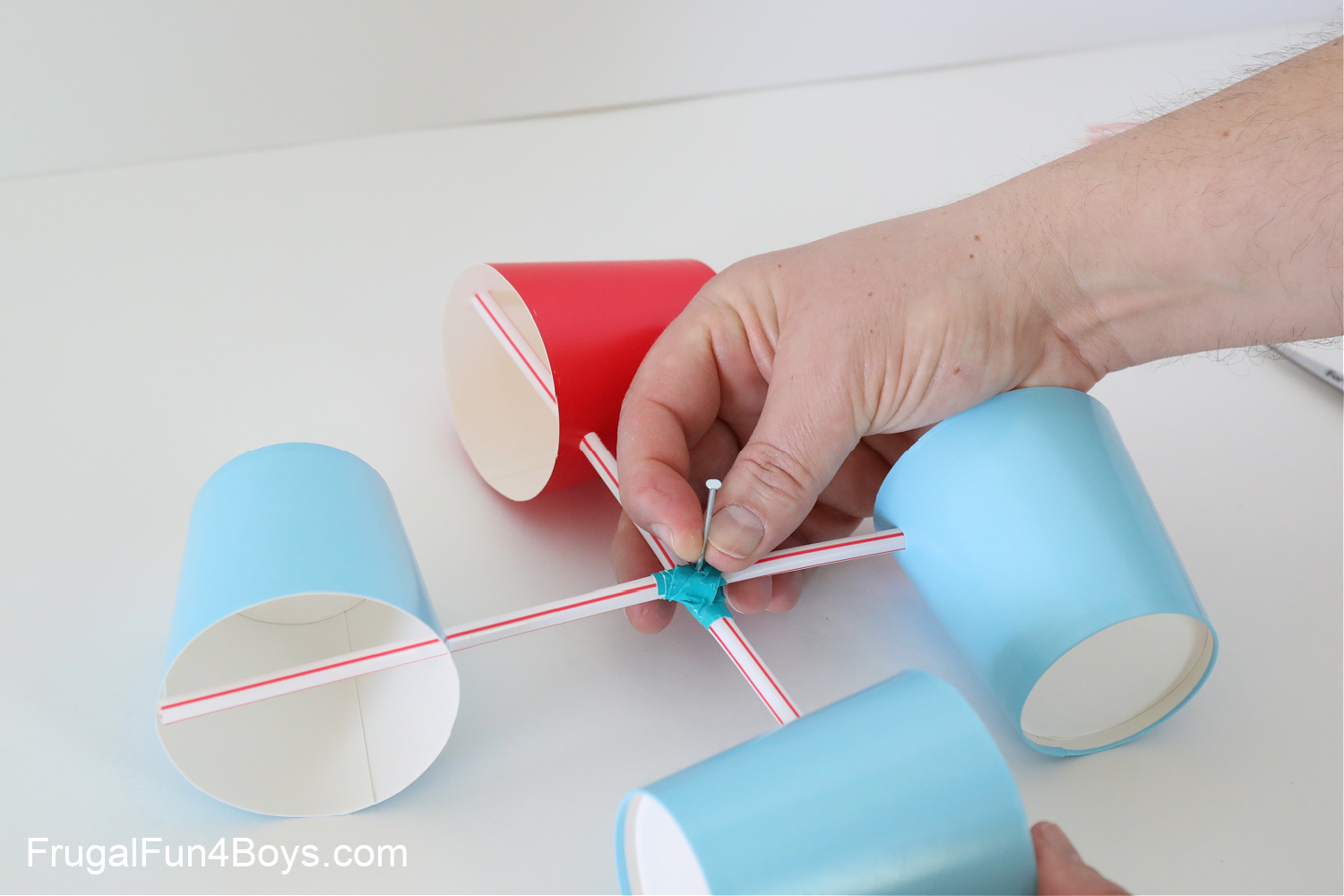Recognizing Different Sorts Of Anemometers for Different Applications
Recognizing Different Sorts Of Anemometers for Different Applications
Blog Article
All You Need to Know Concerning Anemometers: How They Work, Why They Issue, and Where to Use Them
Anemometers, however often neglected in the world of scientific instruments, play a critical function in numerous areas, providing valuable understandings right into wind rate and air movement patterns. As we dig right into the details of anemometer technology, we will certainly reveal the inner operations of these devices, their significance, and the essential considerations when choosing the right anemometer for particular applications.

Anemometer Fundamentals
A vital instrument used to gauge wind speed and instructions, the anemometer plays a critical function in meteorology and different industries. An anemometer generally is composed of three or 4 cups that rotate in the wind, a vane that directs into the wind, and sensors to track the turnings or activities.
There are various types of anemometers offered, including cup anemometers, vane anemometers, hot-wire anemometers, and sonic anemometers, each with its unique attributes and applications. Cup anemometers are typically made use of for fundamental wind speed measurements, while vane anemometers are chosen for directional dimensions.
Concepts of Anemometer Operation
Building on the foundational understanding of anemometer essentials, the concepts of anemometer operation clarify the technicians behind wind speed and direction dimensions. Cup anemometers, for instance, have three or more cups that catch the wind, triggering them to spin much faster as the wind speed boosts. Hot-wire anemometers rely on a warmed wire that cools down as wind passes over it, with the rate of cooling down determining the wind rate.
Significance of Anemometers
The significance of anemometers in weather forecasting and numerous markets can not be overstated. Anemometers play a vital role in determining wind speed and direction, giving necessary data for climate forecasting, environment studies, ecological monitoring, and aviation operations. Meteorologists depend on anemometers to gather precise wind data, helping them understand weather patterns, anticipate storms, and problem prompt cautions to the public. In markets such as building, farming, sustainable power, and maritime procedures, anemometers are made use of to optimize processes, make sure security, and boost efficiency. Wind ranch drivers use anemometers to analyze wind conditions and take full advantage of electricity manufacturing from wind turbines. In the maritime industry, anemometers help ship navigating by providing real-time wind info to captains, helping them make notified decisions to ensure risk-free trips. On the whole, anemometers are essential devices that add considerably to safety, click site performance, and informed decision-making in weather forecasting and a broad range of markets.
Applications Throughout Various Industries
In the eco-friendly energy industry, anemometers play an essential duty in analyzing wind conditions for wind ranch positionings, making certain optimal power production. Industries like construction and mining use anemometers to monitor wind rates, critical for security methods, especially when functioning at elevations or in open-pit mines where strong winds can posture hazards. In agriculture, anemometers aid farmers in taking care of crop spraying by providing real-time data on wind rate to prevent drift.

Selecting the Right Anemometer for Your Needs
Choosing the appropriate anemometer tailored to your details needs is important for getting exact wind rate and direction dimensions. When selecting an anemometer, think about elements such as the desired application, called for measurement range, ecological problems, and preferred this page features. For general purposes, a mug anemometer is appropriate for determining wind speed, while a vane anemometer offers wind direction information. Hot-wire anemometers are excellent for low airspeed dimensions, and ultrasonic anemometers use high accuracy and sturdiness.

Verdict
In final thought, anemometers play an essential role in determining wind speed and instructions throughout various markets. Recognizing the concepts of anemometer operation is crucial for choosing the best device for certain demands. From weather forecasting to air travel, anemometers are vital tools for making certain and accumulating accurate information security in various applications. When selecting the most suitable device for determining wind problems., it is crucial to consider the importance of anemometers in order to make educated choices.
There are various kinds of anemometers readily available, consisting of cup anemometers, vane anemometers, hot-wire anemometers, and sonic anemometers, each with its special features and applications. Cup anemometers are typically utilized for basic wind speed measurements, while vane anemometers are preferred for directional measurements. Hot-wire anemometers are ideal for reduced airspeeds, and sonic anemometers are excellent for go to website high-precision dimensions in research study and industrial setups.Structure on the foundational understanding of anemometer basics, the concepts of anemometer operation elucidate the technicians behind wind speed and instructions measurements. For basic purposes, a cup anemometer is ideal for measuring wind speed, while a vane anemometer gives wind instructions information.
Report this page